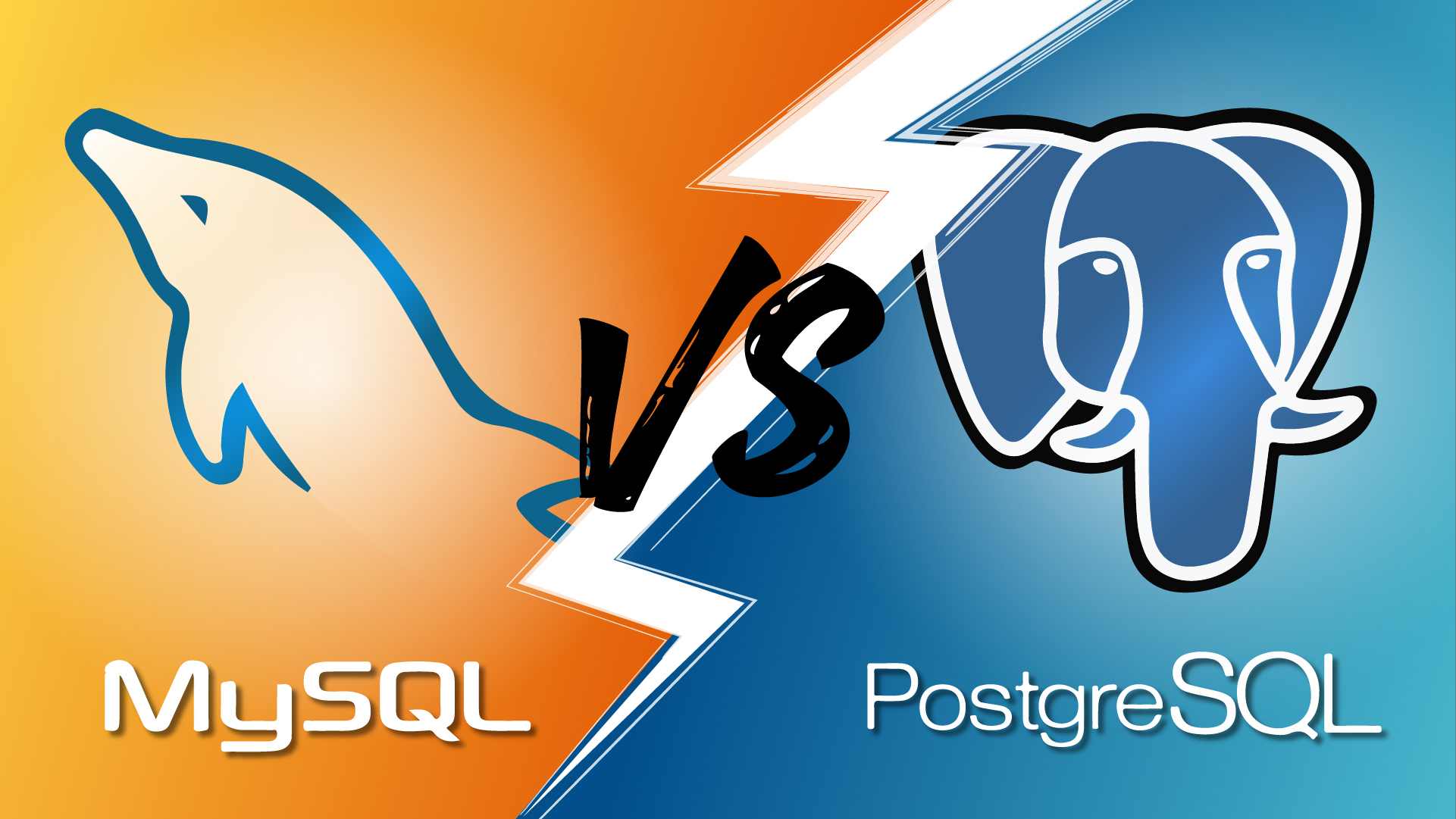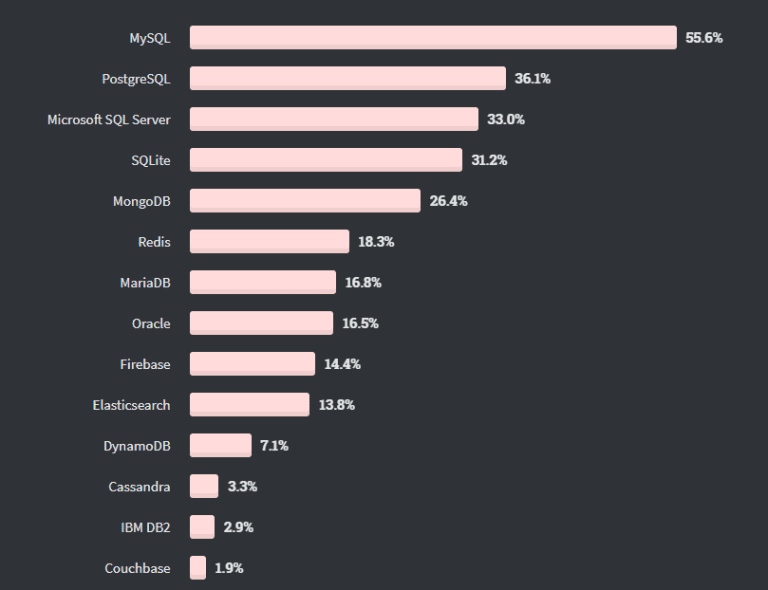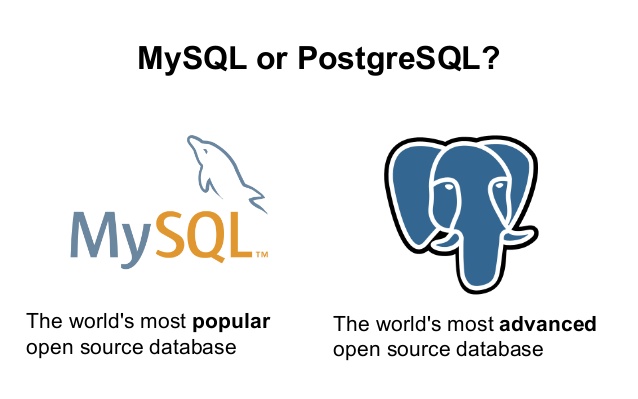
These will help you identify and solve any issues you encounter.
#Postgresql vs mysql performance 2019 manuals
For PostgreSQL, you can either get free support from the enthusiastic community of volunteers or purchase paid support from a third-party provider. If you prefer to troubleshoot problems yourself, there are plenty of resources available in the form of manuals and books. The cost of this support varies depending on the level of support package you purchase. You can get free support for MySQL from the large community of volunteers that offer support and recommendations through the Percona websites. Or, you can purchase paid support for the commercial versions of MySQL from Oracle. By 2000, it had been released on most major platforms. Their goal is to provide reliable data management solutions to users. It is named after the daughter of one of its creators, Monty Widenius. MySQL is a database management system that was founded in 1995. Michael Stonebraker, a computer science professor at UC Berkeley, is the main developer behind PostgreSQL. It was started in 1986 as a follow-up to Ingres and was designed to address the difficulties that existing database systems had. PostgreSQL is now used by many organisations and individuals worldwide. PostgreSQL is the world's most advanced open-source database.

Here are some of the key differences between PostgreSQL and MySQL which will help you decide which is the right database management system for your project:

When it comes to choosing a database, developers often weigh the pros and cons of each option. PostgreSQL Vs MySQL: Why do developers choose one over the other? While it doesn't offer some of the same features as PostgreSQL, it's still useful for many applications - like web apps. When it comes to scalable web applications, MySQL is often the go-to choice because it's standard in the LAMP stack (Linux, Apache HTTP Server, MySQL, PHP). As of 2019, MySQL is the world's most popular database, used by over 39% of developers. It is easy to set up and use, which makes it a popular choice for small businesses and projects that don't require complex queries. MySQL is a widely used, open-source relational database management system. This makes it an ideal choice for high-volume data operations. With so many features, it's no wonder that PostgreSQL is the database management system of choice for many businesses. In addition, PostgreSQL is highly concurrent, meaning that it can handle multiple tasks simultaneously. It has a strong reputation for being reliable and boasting a large feature set. PostgreSQL is known for its complex queries, which can make it more difficult to learn and use than some other RDBMSs. The main reasons why PostgreSQL is such a popular and powerful database management system are its extensibility, object-relational features, ACID compliance, and support for NoSQL databases. PostgreSQL is a powerful, open-source object-relational database system.


However, knowing the key differences between PostgreSQL and MySQL can help you make an informed decision. In this article, we will discuss some of the key differences between these two widely used RDBMSs. The decision of which database to use ultimately comes down to your project's specific needs. If you are looking for an RDBMS that is easy to set up and manage, MySQL might be a better fit.Īdditionally, MySQL is typically faster than PostgreSQL. If your project will require a lot of data analysis, PostgreSQL may be the better choice. MySQL, on the other hand, is known for its simplicity. PostgreSQL is often praised for its support of complex queries. They are both open source and offer a variety of features. However, there are some key differences between the two that could make one better suited for your project than the other. PostgreSQL performance and MySQL are both widely used relational database management systems (RDBMS).


 0 kommentar(er)
0 kommentar(er)
